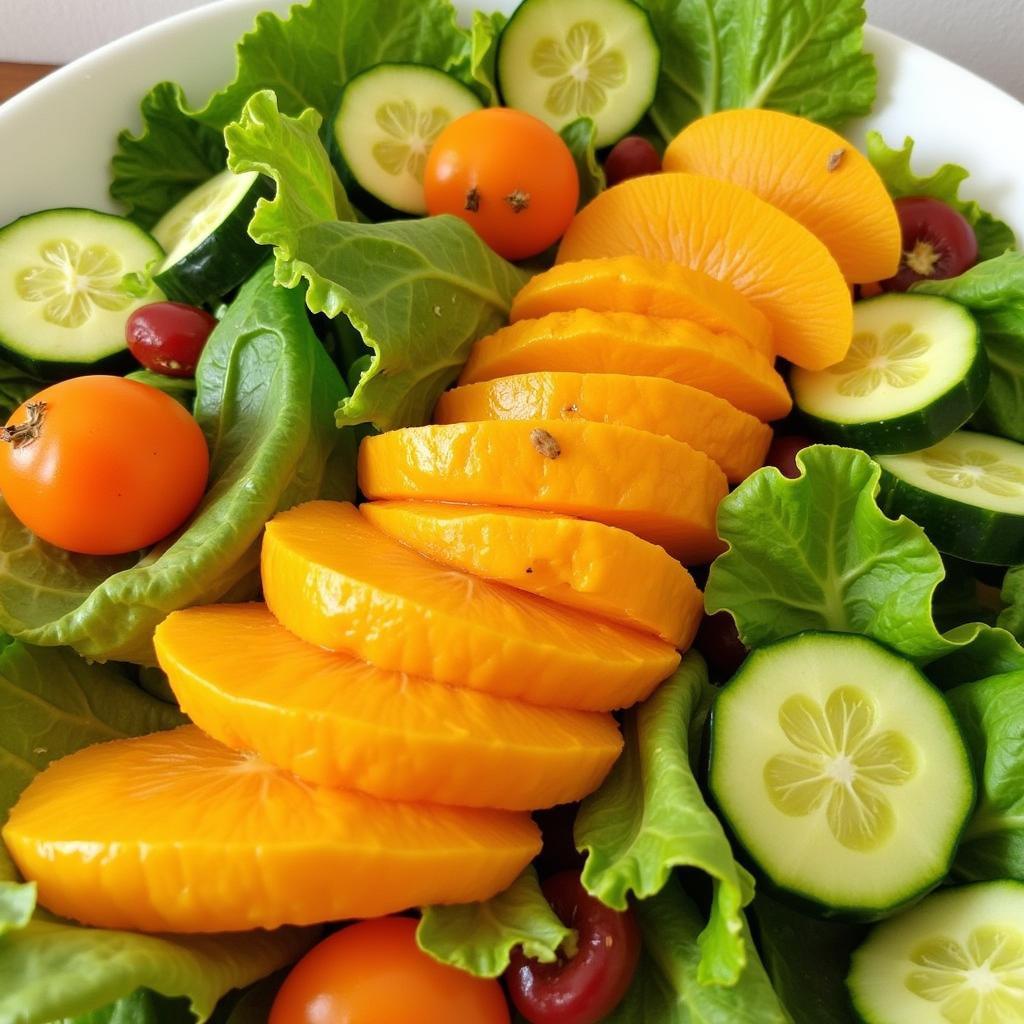African Drum Instruments Names: A Comprehensive Guide to the Rhythms of Africa
Africa is renowned for its vibrant musical culture, and at the heart of this tradition lies the drum. Drums are not just instruments; they are powerful tools for communication, storytelling, and cultural expression. They are integral to ceremonies, celebrations, and everyday life across the continent. This article will delve into the fascinating world of African drum instruments, exploring their names, types, and the unique role they play in various cultures.
The Significance of Drums in African Culture
Before we dive into the names of different drums, it’s crucial to understand their deep-rooted significance in African societies. Drums are more than just musical instruments; they are:
- Communicators: Drums carry messages, announcements, and warnings across vast distances, serving as a vital communication tool in the absence of modern technology.
- Storytellers: Rhythmic patterns on drums weave narratives, recounting historical events, myths, legends, and cultural traditions.
- Spiritual Connectors: Drums often play a central role in religious ceremonies, rituals, and ancestor worship.
- Social Unifiers: Drumming brings communities together, fostering a sense of belonging and shared identity.
A Journey Through the Rhythms of Africa: Drum Instruments and Their Names
Africa’s diverse landscapes and cultures have given rise to an equally diverse array of drums. Each type of drum has its unique characteristics, sound, and playing techniques. Here’s a glimpse into some of the most prominent drum instruments found across the continent:
1. Djembe (West Africa)
The djembe is perhaps the most recognizable African drum globally. It’s a goblet-shaped drum with a skin stretched over a hollow wooden body. The djembe is known for its warm, resonant tone and is used in various genres of music, including traditional ceremonies, contemporary music, and even modern jazz.
- “The djembe is a symbol of unity and celebration in West African culture. Its rhythmic patterns tell stories and connect people to their ancestors.” – Amina Diallo, Ghanaian musician and drum instructor
2. Talking Drum (West Africa)
The talking drum is a fascinating instrument that mimics human speech. It’s a two-headed hourglass-shaped drum played with a stick and a hand, manipulating the tension of the strings to create different tones. Talking drums are often used in storytelling, communication, and entertainment.
- “The talking drum is a magical instrument that can speak with the gods. It’s used to transmit messages and express the unspoken words of the community.” – Babatunde Adebayo, Nigerian drummer and cultural historian
3. Kora (West Africa)
The kora is a 21-stringed harp-lute played by the Mandinka people of West Africa. While not technically a drum, it’s often considered part of the drumming tradition due to its rhythmic playing style and association with traditional music. The kora is known for its rich, melodic sound and is used in ceremonies, storytelling, and musical performances.
4. Ngombi (Central Africa)
The ngombi is a cylindrical drum, typically made of wood, with a single skin stretched over one end. Found in Central Africa, it’s played with a stick and produces a deep, resonant sound. The ngombi is often used in traditional music, ceremonies, and for signaling.
5. Dundun (West Africa)
The dundun is a large, cylindrical drum commonly used in West Africa, specifically in the Yoruba culture. It’s played with a stick and produces a deep, booming sound. The dundun is a vital part of traditional music, ceremonies, and festivals, often accompanying dance and storytelling.
6. Shekere (West Africa)
The shekere is a gourd-shaped instrument with beads woven around it. It’s shaken or struck with a hand to create a rhythmic, percussive sound. The shekere is a popular instrument in West African music, adding a distinctive sound and rhythmic texture to songs and dances.
7. Sangban (West Africa)
The sangban is a cylindrical drum from Benin, made of wood with a skin stretched over one end. It’s played with a stick and produces a sharp, percussive sound. The sangban is often used in traditional ceremonies, festivals, and musical performances.
8. Bata (Cuba)
While not strictly from Africa, the bata drums originated in the Yoruba culture of West Africa and were brought to Cuba with the transatlantic slave trade. The bata drums are a set of three drums played together, forming a central part of Yoruba religious practices and music in Cuba.
9. Assiko (Cameroon)
The assiko is a small, handheld drum originating from Cameroon. It’s typically made of wood and has a single skin stretched over one end. Played with a stick, the assiko produces a sharp, percussive sound and is a vital element of Cameroonian traditional music.
10. Udu (Nigeria)
The udu is a clay drum, typically made in the shape of a pot with a hole on the side. It’s played by striking the clay with a hand, producing a unique, earthy sound. The udu is commonly used in Nigerian traditional music and ceremonies.
Beyond the Beat: The Cultural Significance of African Drum Instruments
The names of these drums are just the tip of the iceberg. The real magic lies in the cultural context and the stories embedded within the rhythmic patterns. Each community across Africa has its own unique drumming traditions, passed down through generations.
For example, the rhythmic patterns of the djembe in Mali can tell stories about the local environment, historical events, or even the personal experiences of the drummer. Similarly, the talking drum in Nigeria can convey messages, pronouncements, and even express emotions in a way that transcends words.
Conclusion
The diverse and fascinating world of African drum instruments is a testament to the continent’s rich musical heritage. These instruments are not just tools for making music; they are carriers of culture, storytellers, and expressions of the human spirit. By understanding the names and cultural significance of these drums, we gain a deeper appreciation for the rhythms and traditions that have shaped African society for centuries.
Note: This article is just a starting point in exploring the vast world of African drum instruments. There are countless other types of drums and musical traditions across the continent. Further research and exploration will reveal the depth and beauty of African music.
FAQ:
1. What is the most common type of drum in Africa?
- While the djembe is widely recognized globally, the most common type of drum in Africa varies depending on the region and culture.
2. Are African drums used only in traditional music?
- While African drums have a deep connection to traditional music, they are also incorporated into contemporary music, jazz, and other modern genres.
3. What is the purpose of the talking drum?
- The talking drum is used for communication, storytelling, and entertainment, mimicking human speech.
4. Are there any festivals dedicated to African drum instruments?
- Yes, there are several festivals dedicated to African drumming, such as the Ségou Festival in Mali, the Tamale Festival in Ghana, and the Drumming for Peace Festival in South Africa.
5. Can I learn to play African drums?
- Absolutely! There are many drum schools and workshops offering classes on various types of African drums.
6. Where can I find information about specific African drum instruments?
- You can find information online, in libraries, and through cultural organizations specializing in African music and instruments.



